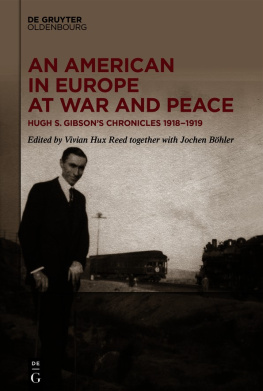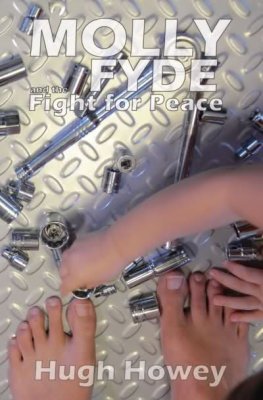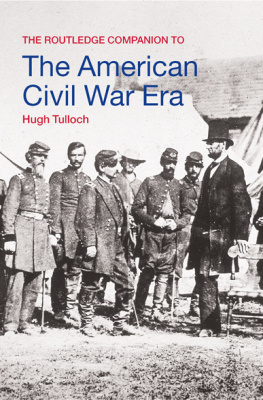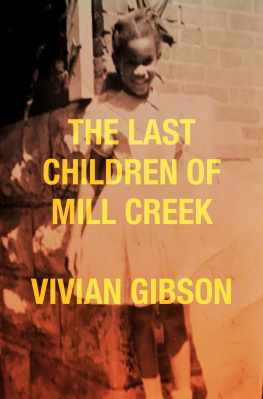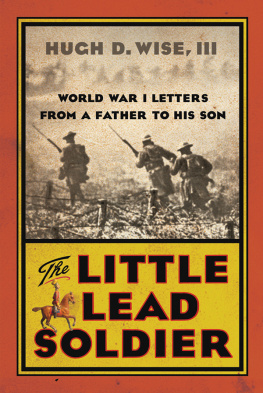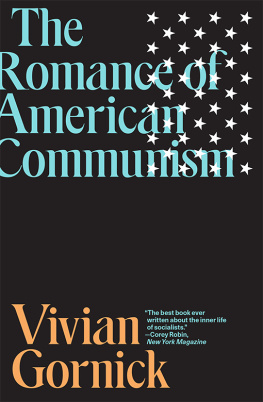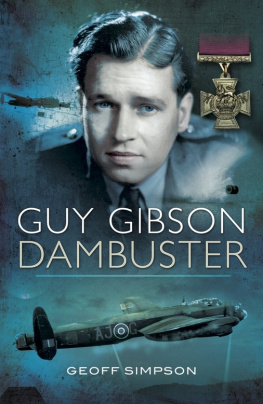Introduction
Paris in spring-time has a reputation light and romantic. Spring 1918, however, was different. It was cold, often dark; shells fell and cannon boomed. Europe was convulsed in war. Although the United States declared war on Germany the previous spring and Austro-Hungary in December, American troops only arrived in large numbers starting in early 1918. Before their arrival, diplomats, propagandists and intelligence officers buoyed the Allied cause. It was now one year after US President Wilsons famous promise to promote self-determination and world-wide democracy.
The first months of American participation in the war made little impact on the military situation. However, the psychological impact was widely felt. As the military branches prepared, the intelligence sources (both American and Allied) indicated several sources of potential dissention among the new Allies. The US State Department was concerned about Allied fears of American domination, partly due to the wild claims made by American propagandists that all would be well in Europe as soon as the Americans arrived to straighten things out. Strange as this sounds to modern ears, one can imagine how the proud and war-exhausted Allies as well as to the determined Central Powers heard these exaggerated promises.
Into this wartime scene of tension and uncertainty a young American diplomat arrived in Paris on March 25, 1918. With the unassuming title of Secretary of the Embassy, Hugh S. Gibson in fact was entrusted with much broader powers. Basically, in his own words, he was running the whole show in Europe on issues involved with propaganda. (May 14, 1918) By the end of the summer 1918, when an Allied victory appeared likely, he had reigned in the worst propaganda excesses. When President Wilsons January statement of the principles for peace, his famous 14 Points, sparked national movements among many nations within the disintegrating empires, Gibson was assigned as the official US liaison to both the Czech and Polish National Committees forming in Paris to negotiate independence for their countries. Upon the Armistice of November 11, Gibsons focus shifted from the military aspects of diplomacy to the humanitarian. While retaining his responsibilities with the Czechs and Poles, Gibson was now assigned as diplomatic liaison to Herbert Hoovers nascent American Relief Administration and ventured to the little known reaches of Eastern Europe.
Hugh Gibsons Background
Hugh Gibsons background was quite different from the most turn of the century American diplomats. Far from being the scion of a wealthy family, Gibsons parents were social activists of modest means. When Hugh was born in 1883, Frank Gibson was a local bank manager and his wife, Mary, a teacher. They had suffered the loss of three of their four children to various childhood diseases. At age 4, Hugh survived a bout of polio that left him in frail health. Mary educated Hugh herself, for the most part, preparing him to attend Los Angeles Military Academy and Pomona College all before he turned 18.
Sadly, at that point, Frank died. Mary sold their home to finance the completion of Hughs education in Europe for the next five years. As they traveled, Hugh became fluent in both French and German and developed a love for diplomacy. He was one of the first Americans to graduate from Paris prestigious Science Po in 1907. From the day he passed the Foreign Service exams with flying colors in 1908, Gibsons career was on an adventurous path. For starters, he was promptly sent mule-packing to the remote Legation in Tegucigalpa. On his next assignment, he was mugged in a Havana restaurant by a Cuban journalist protesting US policy in 1912. Two years later, he was posted to Belgium for a rest, just as the German armies marched into Brussels in August 1914.
The suffering of the Belgians led Gibson into a life-long friendship and humanitarian work with Herbert Hoover. At the same time, it introduced him to the top crust of Belgian society and to his future wife, Yns Reyntiens, whose family was among the Belgian aristocracy. Their paths often crossed as they dashed about Belgium, helping people in whatever capacity possible.
Feeding the bourgeoning ranks of Belgians facing a critical food shortage quickly became an issue of central importance. In the fall of 1914, having made his way across enemy lines to London with Belgian representatives Henri Lambert and mile Francqui, Gibson attended a life-altering meeting on October 20. Other attendees were US Ambassador Walter Page, Spanish Ambassador Alfonso Merry del Val, British Foreign Minister Edward Grey and Herbert Hoover, an American mining engineer.
With much thought but little hesitation, Hoover took a hiatus from his mining business and accepted the task of feeding the Belgians. The Commission for the Relief of Belgium (CRB) was up and running within a short time. Hoovers magnificent handling of this overwhelming task launched Hoovers public service career of astonishing longevity, variety, and productivity.
After serving as diplomatic liaison between Hoover and the Belgians for over a year, Gibson was transferred to London, and then to the War Missions section of the State Department in Washington. As 1917 began, Russia was convulsed with revolution and the Germans increased the sinking of American merchant ships. The United States declared war on Germany on April 6, 1917. President Wilson sounded the note that carried around the world American would fight to make the world safe for democracy. War was declared on Austria-Hungary on December 7, and American troops began arriving in France en masse in early 1918. By this time, Hoovers responsibility had grown to overseeing food issues for all the Allies.
Gibsons work during the transition from war to peace in Europe
After Gibsons work with the War Missions in Washington, he was ideally suited for a special assignment. Officially, he was assigned as Secretary of the US Embassy in Paris under Ambassador William Sharp in April 1918. Although this title was a standard one and in line with Gibsons career path, it was actually a cover for his real assignment. The State Department proposed a title along the lines of Assistant Secretary of State, but given the wide range and sensitive nature of his assignments, Gibson himself requested the standard designation. He preferred the ability to work quietly behind the scenes to a prestigious title. Six weeks later, he doubted the wisdom of this. On May 14, 1918 Gibson wrote: I fear I made a mistake not to accept a handsome title conveying the idea that I was running the whole show in Europe. This sentence is indicative of both the sweeping powers entrusted to Gibson and to his own unassuming character.
Gibsons assignments from his base in Paris were far-flung. Military, intelligence, propaganda, and diplomatic agencies often worked at odds with each other, sometimes within the same agencies. Gibsons job was to coordinate activities between and within these groups to conform with military and diplomatic realities. These individuals and organizations had been relatively free to act independently while the US was neutral. Part of Gibsons complex task was to reign in and coordinate various American agencies which received information and disseminated it. With the declaration of war, it became critical for the diverse American institutions to speak with a united voice and in support of their Allies.

